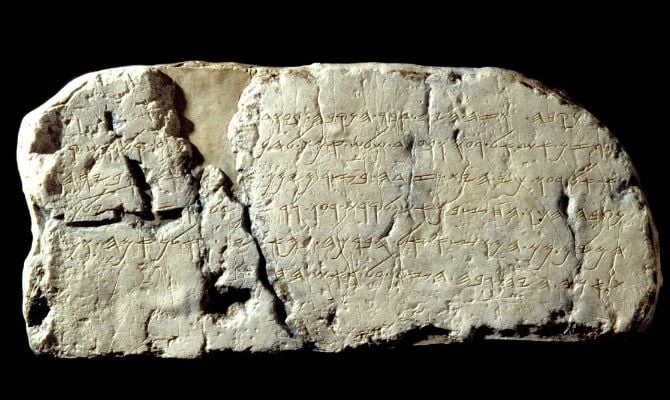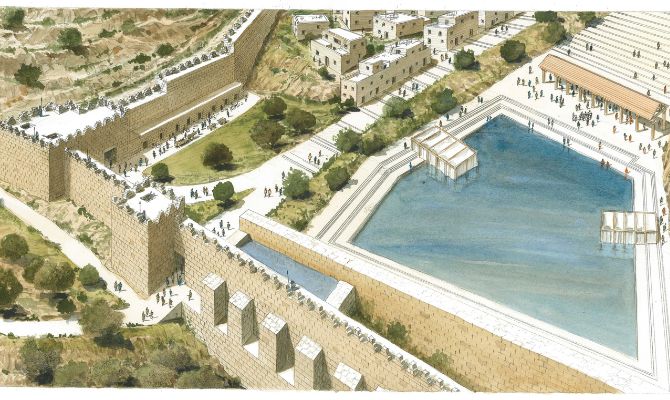Cart is empty
The Israel Antiquities Authority, the Israel National Parks Authority, and the City of David Foundation (Elad) are pleased to announce the commencement of the excavation of the historic Shiloah Pool in Jerusalem.
The Siloam Pool, located in the southern portion of the City of David and within the area of the Jerusalem Walls National Park, is an archaeological and historical site of national and international significance. The Pool was first constructed as part of Jerusalem’s water system in the 8th Century BCE, during the reign of King Hezekiah, as described in the Bible in the Book of Kings II, 20:20, “Now the rest of the acts of Hezekiah, and all his might, and how he made the Pool, and the conduit, and brought water into the city, are they not written in the Book of Chronicles of the kings of Judah”.
The pool served as the reservoir for the waters of the Gihon Spring, which were diverted through an underground Siloam Tunnel, and it was therefore already considered one of the most important areas in Jerusalem in the First Temple period.
Due to its significance, the Siloam Pool was renovated and expanded at the end of the Second Temple period. It is believed that the Pool was used during this time as a ritual bath by the vast number of pilgrims who came from all over Israel and the world to Jerusalem, before ascending to the Temple.
Throughout the years, many traditions have been associated with the Siloam Pool. Already since the end of the 19th century, it has been a focal point for archaeological expeditions from all over the world. In the 1890s, a British-American archaeological team led by Frederick Jones Bliss and Archibald Campbell Dickie arrived at the site and uncovered some of the steps of the Siloam Pool, and in the late 1960s, the British archaeologist Kathleen Kenyon excavated at the site.





